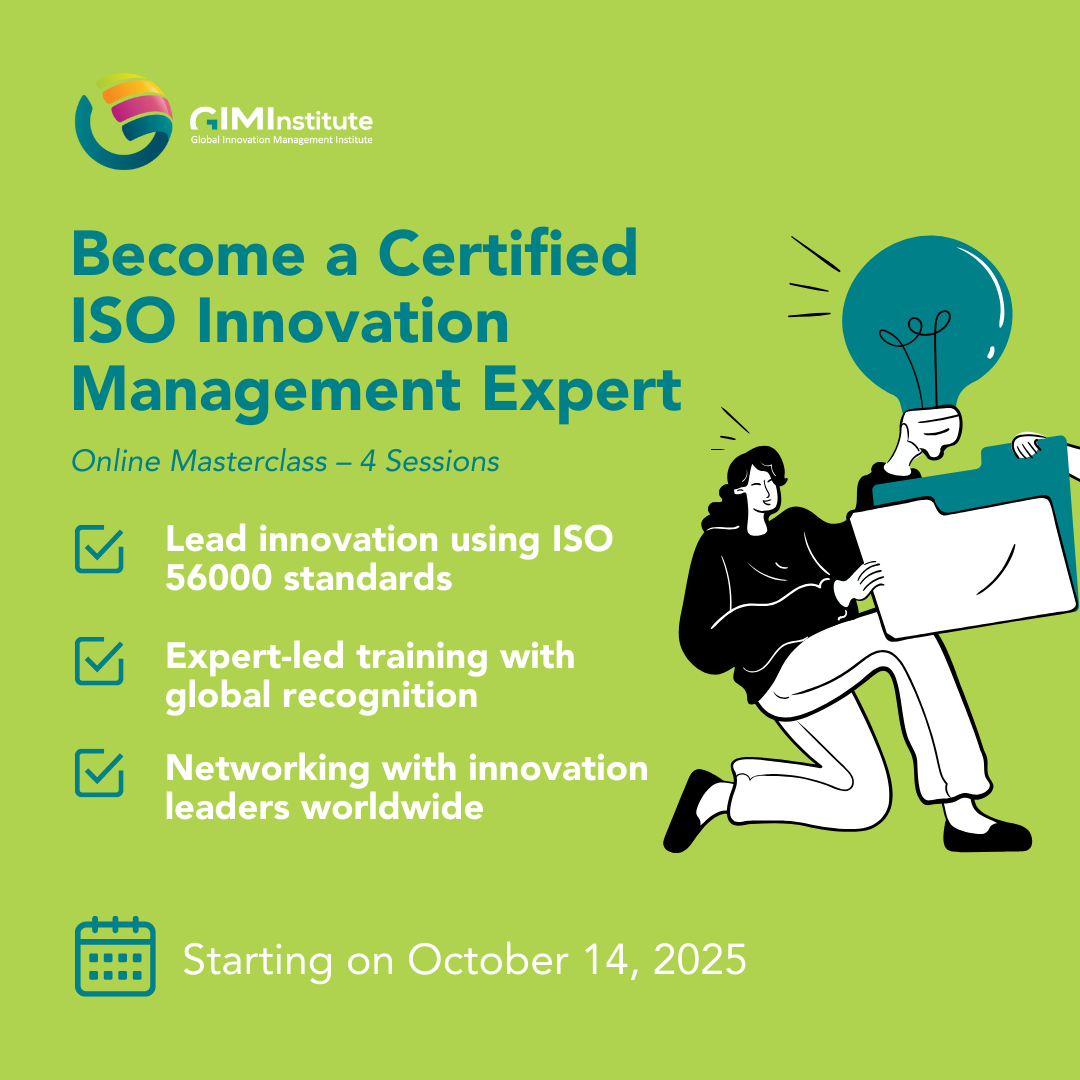How Culture Fuels Differential Growth
In a world where business conditions are changing faster than ever, one factor continues to separate growth-driven innovators from those struggling to survive: culture. Too often treated as a “soft” HR concern, culture is in fact a powerful growth lever—when properly understood and owned by leadership. The data is compelling: adaptive cultures grow 2–3 times faster on CAGR basis than their peers.
Yet, while 82% of CEOs agree culture can accelerate innovation and growth, only 1 in 10 connects it directly to bottom-line performance. The consequences of this gap are clear. Only 1 in 8 companies grows faster than 2.5% annually. Fewer than 15% of Fortune 500 companies have survived more than five decades. In contrast, those that do sustain long-term success tend to share one common denominator: a culture built to align, adapt, and execute at speed.
So how exactly does culture become a source of competitive advantage?
Culture: Accelerant or Anchor?
Growth-oriented innovators recognize that culture can serve as an accelerant—or act as an anchor that slows progress. As market dynamics shift and customer needs change, the most successful companies ensure their cultures evolve too. But this requires moving beyond the idea that culture is intangible or the responsibility of HR alone. Many leaders ignore culture until they are forced to reckon with it—during a merger, a digital transformation, or a major business restructuring.
Adaptive innovators don’t wait for a crisis. They behave differently. They’re constantly anticipating change, adapting in real time, and acting ahead of the curve. They answer a fundamental leadership question: Do we shape culture—or will it shape us? Adaptive organizations intentionally design and reinforce a culture that’s aligned, adaptive, and accountable. The result? Greater innovation impact, faster time to market, and more consistent growth.
Aligned: Connecting the Strategic Dots
In adaptive organizations, culture isn’t separate from strategy—it enables it. From the boardroom to the front line, employees understand how their work contributes to something larger. This shared sense of direction and ownership creates the alignment needed to move fast—and together. Leaders and teams are aligned around six essential elements:
- Purpose – Why the company exists
- Vision – What the company aims to achieve
- Strategy – How the company will win
- Culture – The values and behaviors that guide execution
- Systems – how work is supported and delivered
- Contribution – Each individual’s role in achieving the vision
Adaptive: Creating Premium Value Amid Uncertainty
Innovation is often expected to thrive under constraints—fewer resources, tighter timelines, greater complexity. But adaptive cultures don’t see these as roadblocks. They see them as fuel. These companies identify and solve high-value problems first, often commanding a premium in the marketplace. They eliminate friction points, accelerate decision-making, and motivate employees by developing their skills and recognizing their impact. They also drive operational leverage by embedding financial discipline across the organization and training leaders on what levers to pull to improve free cash flow. Innovation isn’t left to chance—it’s guided by clear priorities, strong accountability, and a relentless focus on outcomes. These companies are unafraid to experiment, fail fast, and learn faster. They treat culture as a living, breathing system that nurtures curiosity, rewards calculated risk, inspires people and scales success.
Accountable: Leading by Example
More than 70% of engagement and productivity is tied directly to team leaders and managers. And yet, many companies fall into what might be called the “Us vs. Them” trap—blaming systemic issues while ignoring how daily leadership behaviors reinforce them. Adaptive innovators take ownership. They understand that culture lives in leadership, and that the way work gets done reflects the tone set at the top. These leaders model the behaviors they want to see, fostering trust, adaptability, and personal responsibility. They remove barriers, challenge the status quo and speed decision making. As a result, they build teams that are not only more engaged, but also more resilient and productive.
Experienced: Culture in the Moments That Matter
Culture isn’t what’s written on a poster—it’s what’s reinforced through symbols, systems and behaviors. High-performing companies bake culture into every phase of the employee and customer journey. They recruit, promote, reward, and recognize based on values, behaviors as well as performance. They ensure that day-to-day decisions reflect the behaviors that drive innovation and growth.
And they measure what matters: tracking engagement, productivity, and cultural alignment regularly to course-correct when needed.
Because in the end, culture is experienced. It’s how your people feel, how they act, and how your company wins.
The Bottom Line
If innovation is the engine of growth, culture is the fuel. Organizations that intentionally shape culture to be aligned, adaptive, and accountable:
- Innovate with greater impact
- Accelerate time to revenue
- Become employers of choice
- Consistently outperform the market
It’s time to stop treating culture as a side project.
It’s a strategic imperative. And it starts with you.
Learn more: Culture Catalyst Partners, LLC.
_________________________________________________________________________________
Is your culture accelerating innovation—or holding it back?
We’re developing courseware to help you turn culture into a growth engine. Our adaptive culture advantage course provides frameworks, business cases and tools to innovate with greater impact and outperform peers. Please fill out the form below to provide your feedback.



